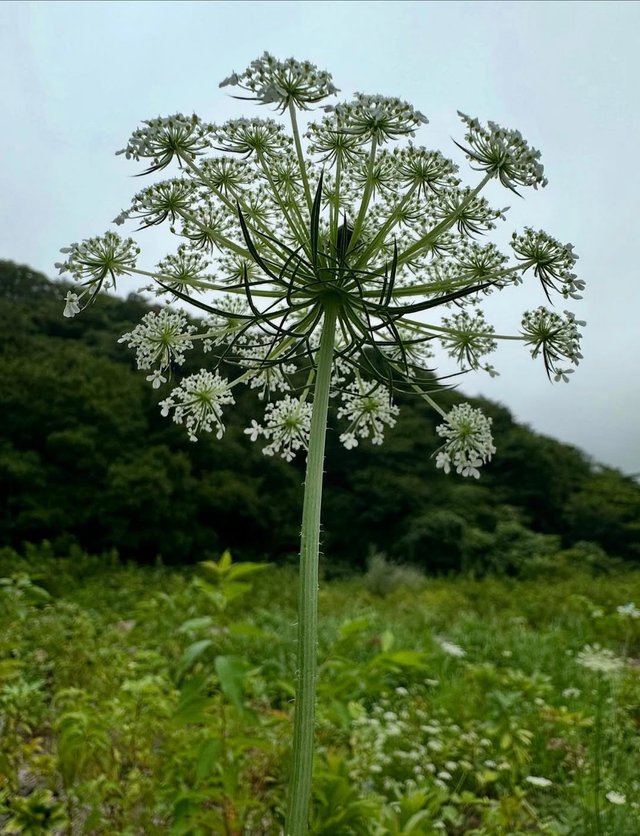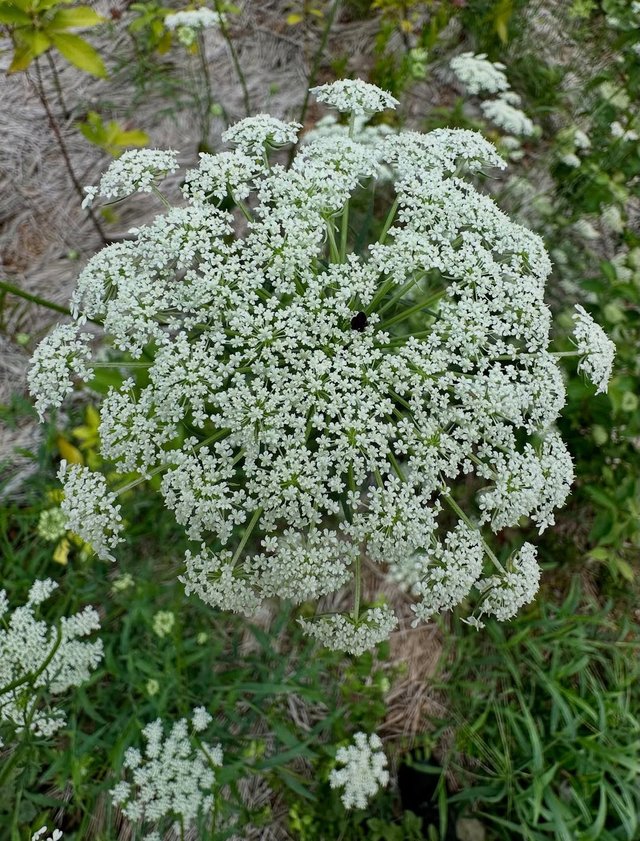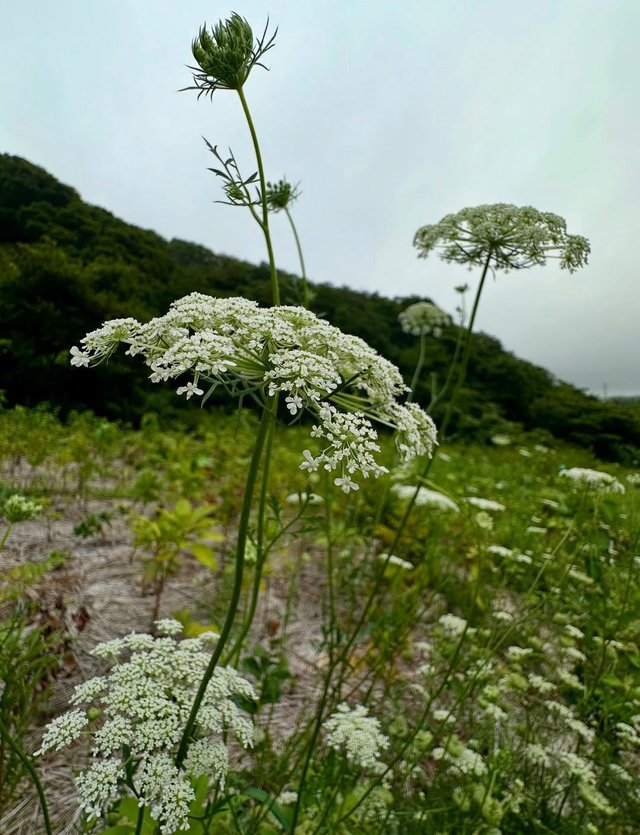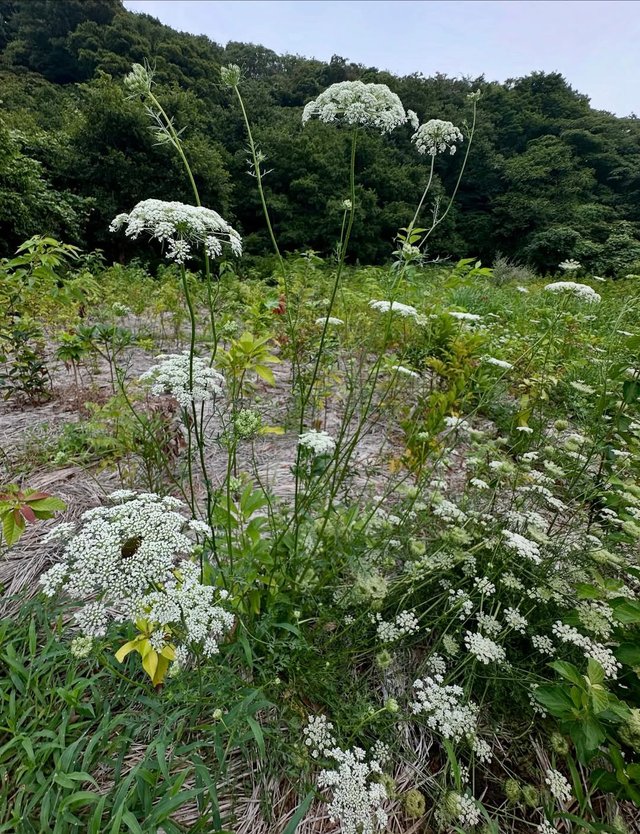Angelica genuflexa
Angelica genuflexa is a perennial flowering plant native to western North America, particularly found in moist habitats such as stream banks, wet meadows, and forest edges from Alaska through British Columbia and into parts of Washington and Oregon. It belongs to the Apiaceae family, which is the same family that includes celery, parsley, and carrots. This species can grow quite tall, often reaching heights of 1 to 2 meters, and is easily recognizable by its sturdy, hollow, grooved stems and large, compound leaves. The leaves are divided into several toothed leaflets, which give the plant a lush and somewhat fern-like appearance.
The flowers of Angelica genuflexa are arranged in large, rounded umbels, typical of the Apiaceae family, and bloom during the summer months. The tiny flowers are usually greenish-white or yellowish in color, attracting a wide variety of pollinators such as bees, flies, and butterflies. As with many members of the genus Angelica, the plant has been traditionally valued by Indigenous peoples for medicinal and culinary purposes. Some parts of the plant were used in remedies to treat colds, respiratory issues, and digestive problems, while the aromatic roots and stems could also be used for flavoring or ritualistic purposes.
The plant’s seeds develop after flowering, and these small fruits are ribbed and dry, spreading naturally to ensure reproduction. Angelica genuflexa thrives in cool, moist environments and requires partial to full sunlight, although it can tolerate shaded areas. It plays an important ecological role by providing nectar and pollen for pollinators and serving as part of the food web in its natural habitats. The genus name Angelica is derived from the Latin word for “angel,” as the plant was once thought to have protective and healing properties against disease.



